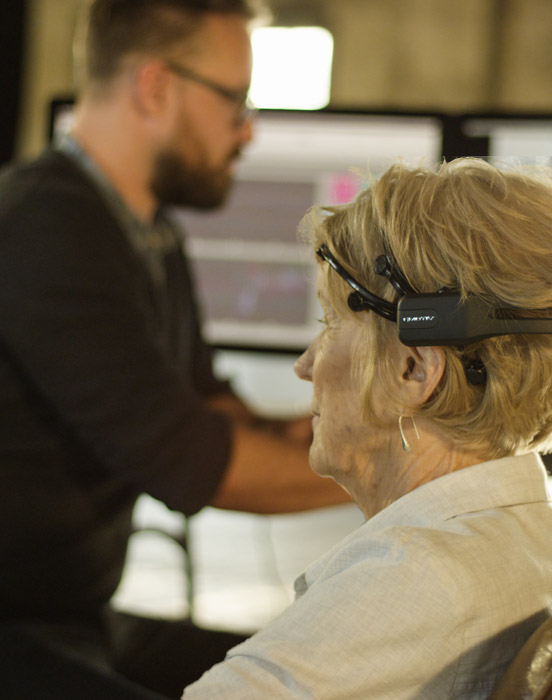Best-Case User Experience Gives People a Sense of Control When Selecting a Healthcare Provider

User experience design takes the complexity out of health choices.
There is no question, the healthcare industry is complex. Most Australians want to feel empowered to choose a healthcare provider that fits their needs, but quickly find themselves face-to-face with a brick wall.
Healthcare providers need to navigate a highly regulated landscape while explaining how their processes help people. Unfortunately, this often leads to a disconnect between people and an understanding of how the health services they need actually work.
The combination of acronyms, industry-specific terms, and the demands of bureaucratic efficiency make health products and healthcare solutions difficult to promote. Healthcare providers need to rely on consistent UX auditing to ensure their customers are well-informed and satisfied with their choices.
Digital Solutions Demand a Persuasive User Experience
It should go without saying that a difficult, friction-filled sales experience is going to push away customers. If you force healthcare customers to research coverage terms, come up with their own conclusions about how various plans differ, and then fill out dozens of forms, you will lose a large number of them throughout the process.
Establishing a streamlined user experience is key to meeting patient expectations, especially when health issues are involved. Your products and services are only going to make a persuasive case if customers are sufficiently informed. Imagine how persuasive an automobile dealership brochure would be if it was designed like a technical manual, with no pictures or photographs.
UX design plays a critical role in the sales process for intangible products like health insurance policies or complex medical treatments. The UX influence can make the difference between a successful product and a struggling concept. Great UX design is the force behind successful persuasion.
What does great UX design look like in the healthcare industry?
Australian healthcare providers need to highlight value quickly and persuasively in order to convince people that their services are worth buying. The way this information is presented can make the difference between happy, informed customers making streamlined purchases and countless angry phone calls from confused, unhappy customers or worse, lawsuits from disenfranchised patients. Here are a few best practice examples:
- Fast, Qualified Estimates - Teacher's Health Fund utilises an innovative in-page quoting tool that keeps users engaged without a page refresh before delivering a qualified estimate - all within 4 clicks.
-
Side-by-Side Comparisons - One of the best ways to distinguish between two similar plans is by comparing them directly. Side-by-side visualisations can help highlight what makes those policies different.
NIB user experience is built on side-by-side comparison, offered in a comprehensive format anyone can intuitively use.
-
Jargonless Explanations - The healthcare industry is plagued by acronyms that customers simply don't understand. There are few things more frustrating than having to look up complex terms in order to understand what something is or how it works. Industry jargon interrupts the user experience in a truly negative way.
HCA Home provide a range of aged care and NDIS services, they are consistent with a simple English approach to describe their services with no acronyms, no complex terminology, and no confusing policy jargon.
-
Positive Guidance - Choosing a healthcare provider is never easy. It’s a choice that peoples’ lives and the lives of their family members may depend on. Providers that offer authentic, human guidance to their customers are performing a service that puts them far ahead of their competitors.
Headspace wins when it comes to humanising the process. They provide clear and simple, real world information on a range of issues facing youth in Australia and provide genuine support and direction to positive outcomes.
The importance of choice management
Although people want to feel like they are in control, they don't necessarily want to have to make all of the choices by themselves. Although it sounds paradoxical, it’s easy to understand why: nobody wants to read through several hundred pages of healthcare legislation to understand how it can be service their situation or interests.
In theory, reading through the reams of legislation that relates to your choice is the best way to truly be in control but in practice, nobody does it because legislation is dense and difficult to understand.
People rely on their healthcare providers to perform this important interpretative task for them. They trust them to be experts and to help the customer select the product or service that is right for them.
That means that as a provider, your job is not just to offer valuable, compliant healthcare solutions but moreover your job is to simplify that choice and explain why it's in your customers’ best interests.
Get a user experience audit of your website today
Healthcare providers that use strong UX design practices to make their services more persuasive and valuable, have a clear competitive advantage in today’s information-oriented culture.






